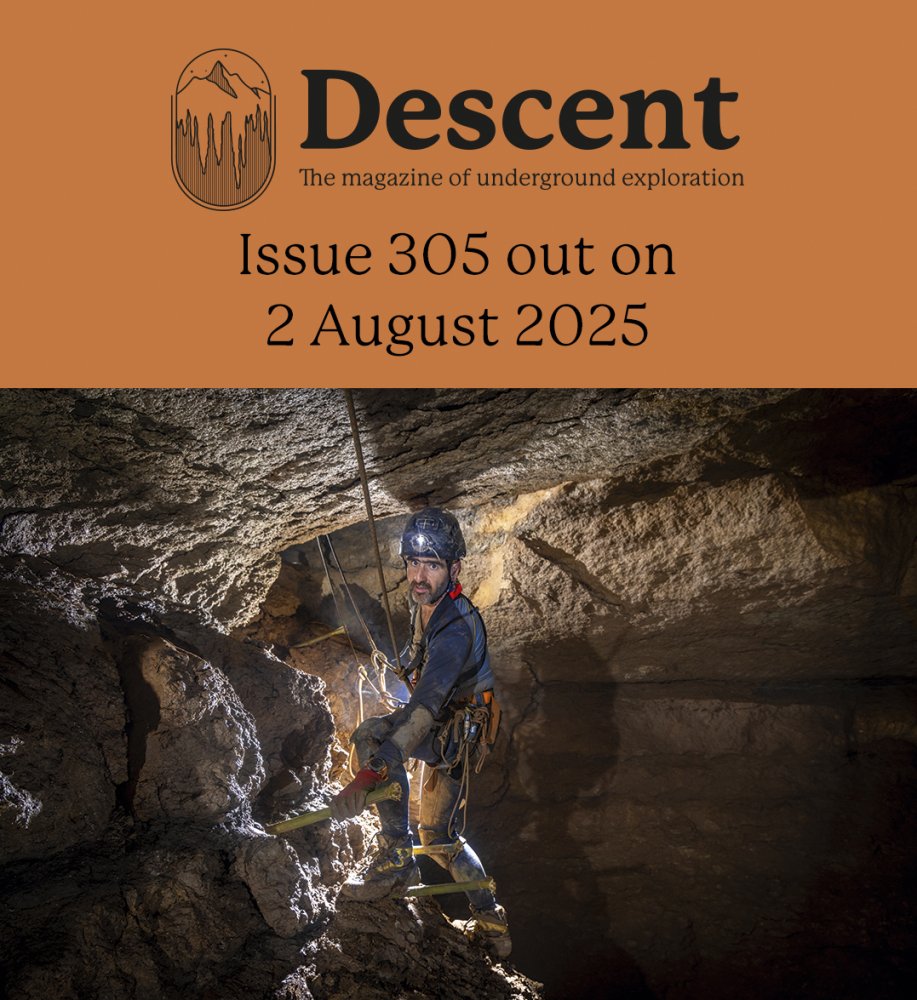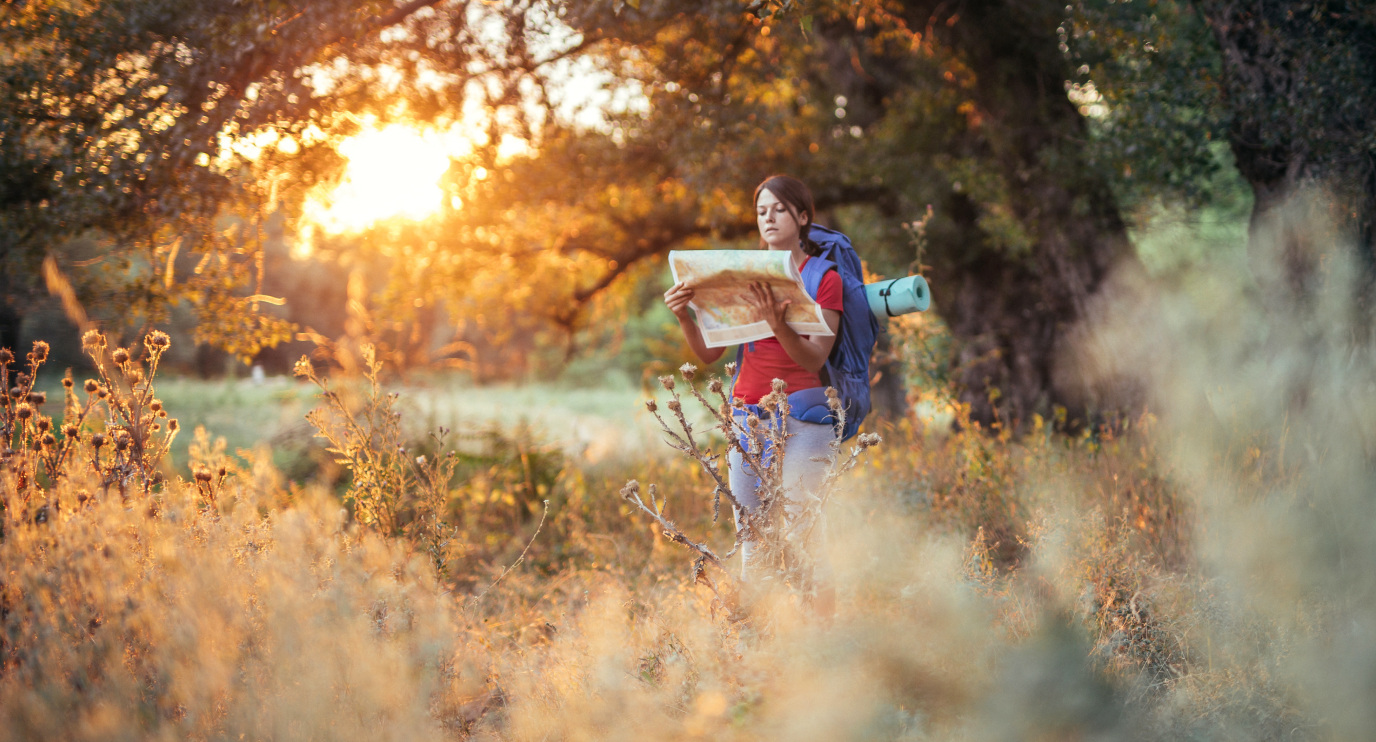This article from 1950 may be of interest, as it looks at the changes between Defoe editions:
& also the below reviewed book (although he's wrong in attributing previous quote to Defoe himself, as he actually says in letter X "and the English Appenine, as Mr. Cambden calls them, that is, the mountains of Yorkshire North Riding, lie like a wall of brass on the other; and in deed, in one sense, they are a wall of brass; for it is the opinion of the most skilful and knowing people in the country, that those mountains are full of inexhaustible mines of copper, and so rich, as not only to be called brass, copper being convertible into brass, but also to have a quantity of gold in them also: It is true, they do at this time work at some copper mines here, but they find the oar lies so deep, and is so hard to come at, that they do not seem to go cheerfully on.
But notwithstanding this terrible aspect of the hills, when having passed by
Kendal, and descending the frightful mountains..."):
What are the special qualities of our Yorkshire Dales which attract admiration and many visitors from near and far?

www.cravenherald.co.uk
The following list may also be helpful, as although wrong part of country, it includes more extensive tours in French from 1707 & German 1716 etc, plus a couple that may be of more general interest to members of this forum:
"1704 William Waller
A description of the mines in Cardiganshire. [London], [1704]
&
1720 Henrik Kalmeter" who visited mines & metal processing plants (although published translation isn't mentioned)
List of travellers and tourists, 1700-1769 Many of these earlier accounts of visits to Wales were by travellers rather than tourists. They included lawyers; Quakers who visited other Friends; prea…

sublimewales.wordpress.com








